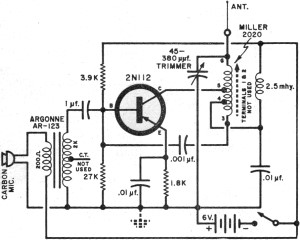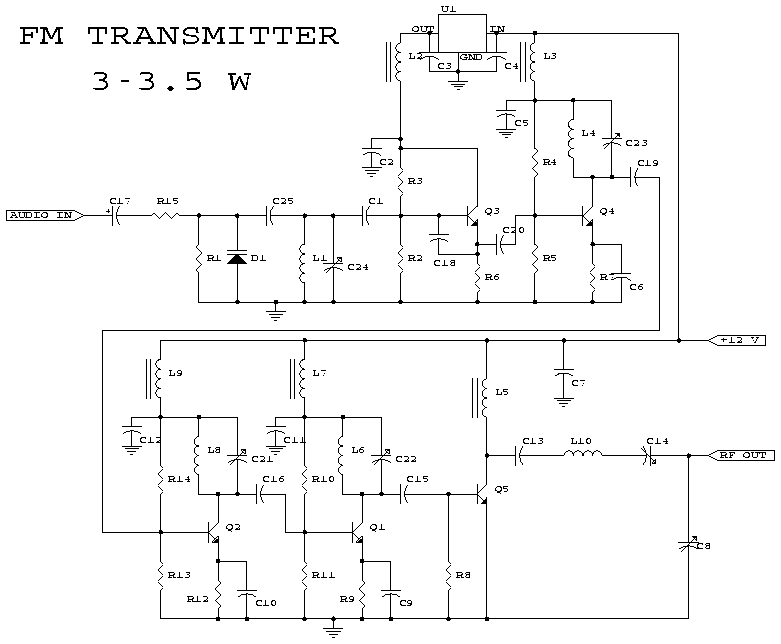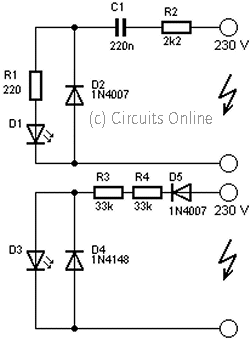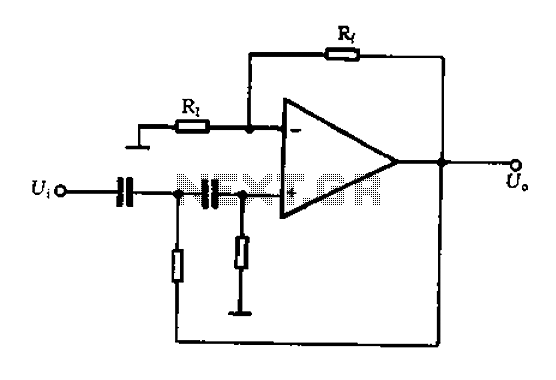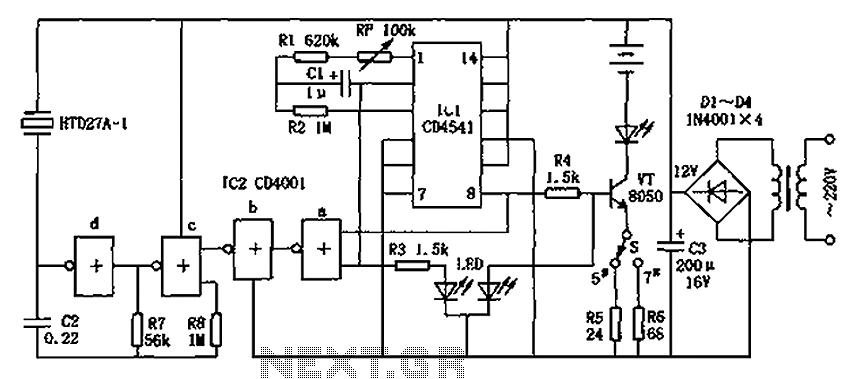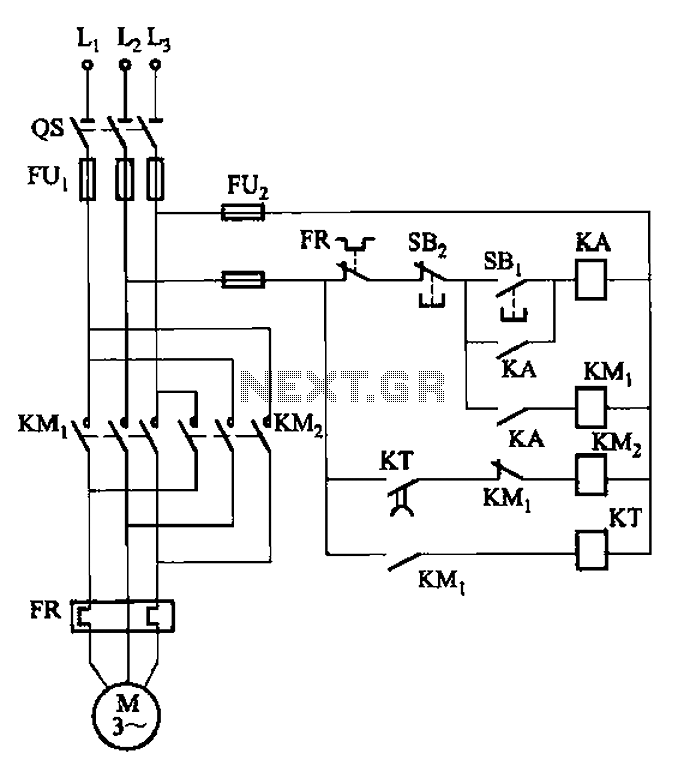
Automatic emergency lamp circuit
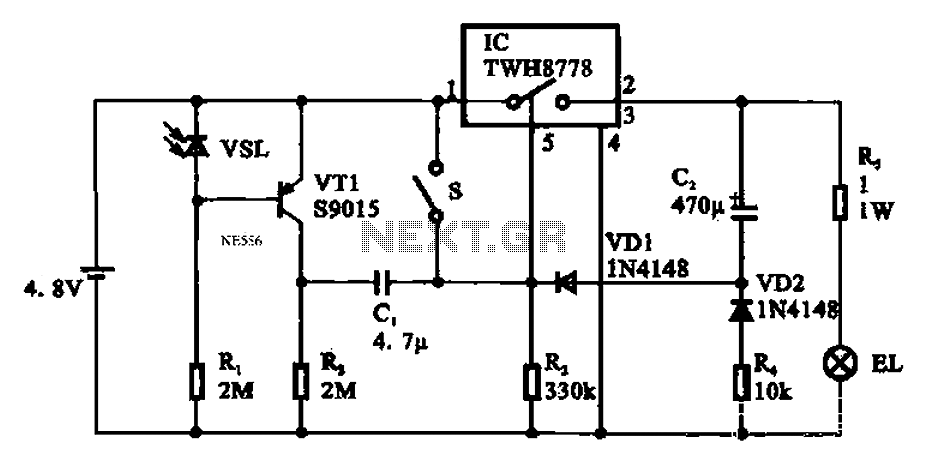
Automatic emergency lamp circuit featuring an electronic switch integrated circuit. This circuit is designed for automatic emergency lighting. The system operates based on ambient light conditions; when light levels are low at night, the circuit activates the emergency lamp. The circuit, as depicted in Figure 1148, consists primarily of a power supply circuit, a light control circuit, and an electronic switching circuit. During daylight or in high light intensity, the resistance value of the phototransistor VSL is low, causing the transistor VT1 to be off, and preventing the subsequent circuit from operating, which keeps the EL lamp unlit. However, as light levels decrease at night, the resistance value of VSL increases, providing sufficient base voltage to turn on transistor VT1. This activates the circuit, allowing the electronic switch integrated circuit to power the EL lamp.
The automatic emergency lamp circuit is a practical application of electronic components to create a reliable lighting solution for low-light environments. The circuit is designed to operate autonomously, ensuring that emergency lighting is available when needed without manual intervention.
The power supply circuit is essential for providing the necessary voltage and current to the entire system. It typically consists of a transformer, rectifier, and filter capacitor, which convert the AC mains voltage to a stable DC voltage suitable for the operation of the electronic components.
The light control circuit employs a phototransistor (VSL) that acts as a light sensor. When ambient light levels are high, the VSL's low resistance prevents current from flowing through the base of the transistor VT1, keeping it in the off state. This effectively disables the emergency lamp during the day or in well-lit conditions, conserving energy and extending the life of the lamp.
As night falls or when light levels drop, the resistance of the phototransistor VSL increases, allowing more current to flow to the base of VT1. This change in state triggers the transistor to turn on, activating the electronic switching circuit. The electronic switch integrated circuit is responsible for controlling the power delivered to the EL lamp, ensuring it lights up when required.
The design of this circuit emphasizes efficiency and reliability, making it suitable for various applications, including home emergency lighting, outdoor lighting, and safety lighting in public areas. The use of an integrated circuit simplifies the design and reduces the number of discrete components, which can enhance reliability and reduce overall size. This automatic emergency lamp circuit exemplifies the integration of sensors and control systems in modern electronic design, providing an essential service in emergency situations. Automatic emergency lamp circuit It shows the electronic switch integrated circuit of automatic emergency lamp circuit. Made into the circuit with automatic emergency lights in Bai Tianguang line it does not work enough, when the light is low light automatically at night. The circuit shown in Figure 1148, primarily by the power supply circuit, light control circuit, and the like of the electronic switching circuit. During the day or light intensity is high, phototransistor VSL resistance value is small, the transistor VT1 is off, the subsequent circuit does not operate, licensing EL lamp is not lit; when the light dimmed to night.
VSL resistance value is increased, the transistor VTI base sufficient to promote its conduction voltage value, after the opening stage circuit starts to enter the work state, the electronic switch integrated circuit inside the electronic switch is turned on, the lamp EL light.
The automatic emergency lamp circuit is a practical application of electronic components to create a reliable lighting solution for low-light environments. The circuit is designed to operate autonomously, ensuring that emergency lighting is available when needed without manual intervention.
The power supply circuit is essential for providing the necessary voltage and current to the entire system. It typically consists of a transformer, rectifier, and filter capacitor, which convert the AC mains voltage to a stable DC voltage suitable for the operation of the electronic components.
The light control circuit employs a phototransistor (VSL) that acts as a light sensor. When ambient light levels are high, the VSL's low resistance prevents current from flowing through the base of the transistor VT1, keeping it in the off state. This effectively disables the emergency lamp during the day or in well-lit conditions, conserving energy and extending the life of the lamp.
As night falls or when light levels drop, the resistance of the phototransistor VSL increases, allowing more current to flow to the base of VT1. This change in state triggers the transistor to turn on, activating the electronic switching circuit. The electronic switch integrated circuit is responsible for controlling the power delivered to the EL lamp, ensuring it lights up when required.
The design of this circuit emphasizes efficiency and reliability, making it suitable for various applications, including home emergency lighting, outdoor lighting, and safety lighting in public areas. The use of an integrated circuit simplifies the design and reduces the number of discrete components, which can enhance reliability and reduce overall size. This automatic emergency lamp circuit exemplifies the integration of sensors and control systems in modern electronic design, providing an essential service in emergency situations. Automatic emergency lamp circuit It shows the electronic switch integrated circuit of automatic emergency lamp circuit. Made into the circuit with automatic emergency lights in Bai Tianguang line it does not work enough, when the light is low light automatically at night. The circuit shown in Figure 1148, primarily by the power supply circuit, light control circuit, and the like of the electronic switching circuit. During the day or light intensity is high, phototransistor VSL resistance value is small, the transistor VT1 is off, the subsequent circuit does not operate, licensing EL lamp is not lit; when the light dimmed to night.
VSL resistance value is increased, the transistor VTI base sufficient to promote its conduction voltage value, after the opening stage circuit starts to enter the work state, the electronic switch integrated circuit inside the electronic switch is turned on, the lamp EL light.
